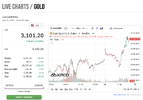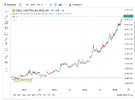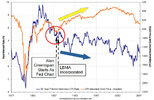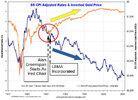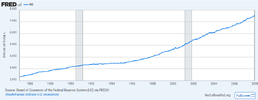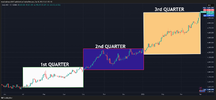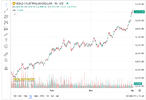- Joined
- 13 February 2006
- Posts
- 5,378
- Reactions
- 12,475
In my mind the question is 'when will this really start to happen?' Next year would be a time to watch closely, being the second year of an election cycle.
AI is moving much faster than people realise.
Different subject, liquidity.
Ignore the moron on the top left.
jog on
duc

